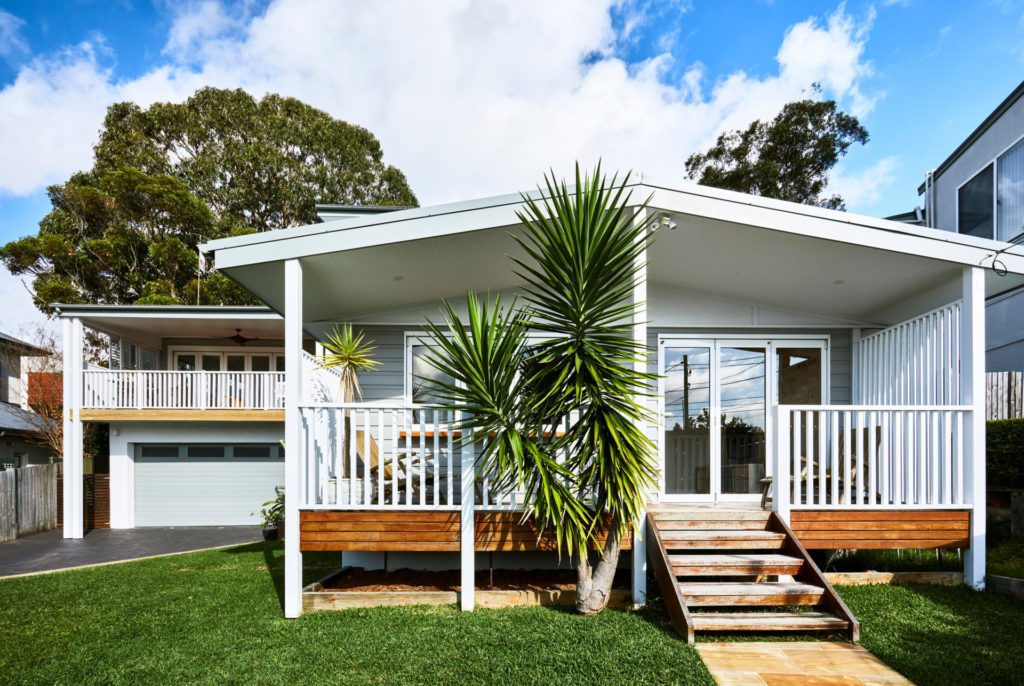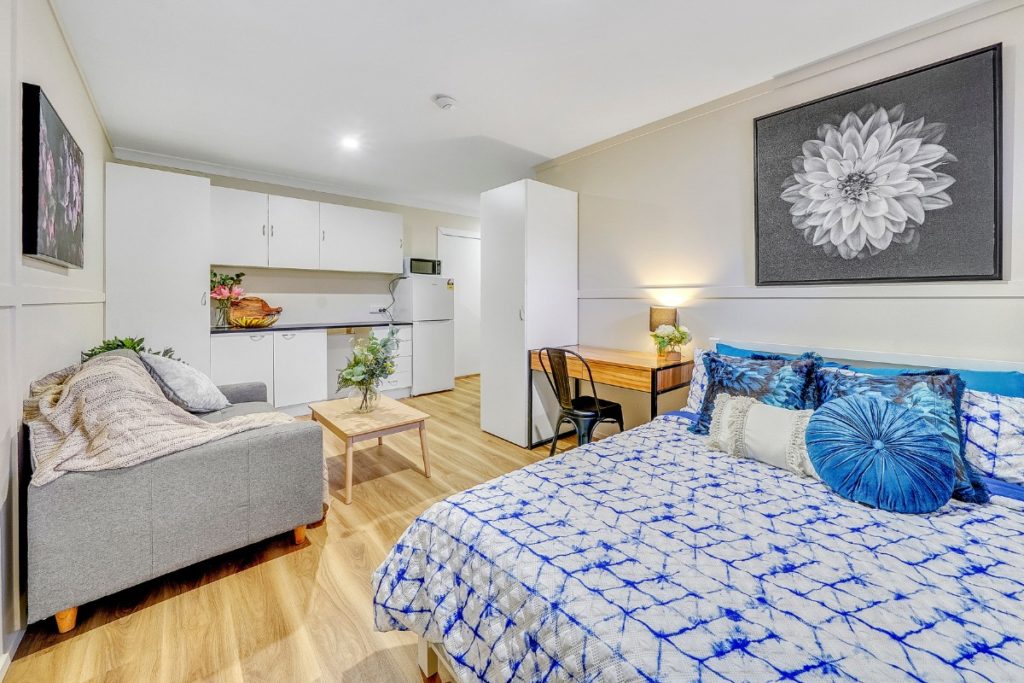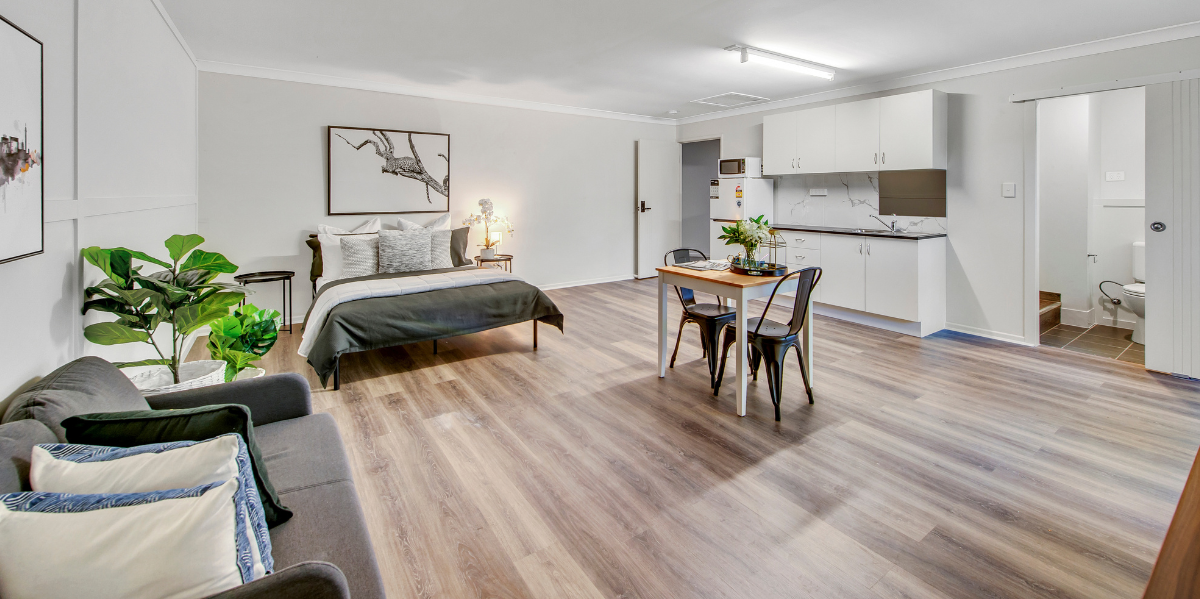Across Australia, it’s a time of financial hardship and emotional distress for residents. Interest rate hikes and a shortage of rentals are exposing them to steep rent rises and evictions. In the worst cases, people are living in cars or tents.
Across Australia, it’s a time of financial hardship and emotional distress for residents. Interest rate hikes and a shortage of rentals are exposing them to steep rent rises and evictions. In the worst cases, people are living in cars or tents.
The situation in Queensland is worse than ever. A survey conducted by Property Investment Professionals of Australia and quoted in this Guardian article, found the Queensland rental supply had dropped by up to 30% in the past two years. A lot of that was attributed to more than 160,000 investment properties being purchased by owner occupiers.
It’s in this critical environment that the Queensland government announced on 23 September it would allow granny flats to be rented out privately for the next three years under “emergency planning changes”.
SCROLL DOWN to find out why the new granny flat laws are not all they’re cracked up to be!

Essentially an owner can now rent out their secondary dwelling or granny flat separately to their primary dwelling, to different people, where formerly only relatives of the primary householder could live there.
It might sound like an amazing outcome for Queensland. Premier Annastacia Palaszczuk talked about how these cheaper properties entering the rental market could help thousands of people across the state.
Master Builders Queensland came out and said, “This is exactly the type of urgent action needed to address Queensland’s housing crisis.”


But in my view, it won’t change the marketplace
Anyone who’s going to build a granny flat from this point forward will put the property to market, and the market will decide what that rent will be. In most cases a two-bedroom granny flat is going to rent for $550 to $600 and upwards, which is still more than the majority of renters – singles or couples – can afford. Especially when they’re trying to save up for their own place on top of that. Or even if they’re just trying to make ends meet on a small income.
In fact the granny flat out the back of a property might only cost $150 less than the main house.
While Queensland’s planning minister, Steven Miles, said people can be moved into secondary homes “much more quickly” than constructing new housing for renters, it will take time to build all these new granny flats – it’s not an instant supply of stock.
WATCH BELOW for my take on the issue and why granny flat won’t solve the rental crisis in QLD.


And it’s really just making the illegal legal
The most important point I want to make is that when secondary dwellings were first allowed to be built in Queensland, a whole bunch of marketeers started building house-and-land packages with granny flats and sold them to investors based on the cash flow that would come with two separate leases. And those buyers started renting the secondary dwellings out – illegally.
My estimate is there would have been 95% of all secondary dwellings in Queensland rented illegally up until this recent change. So all that’s happened is these homeowners have gone from illegal to legal usage of granny flats. This will not increase the amount of housing on the market.
While I believe it is a sincere attempt to bring about change, all it’s really doing is bringing Queensland into line with New South Wales, the forerunner of the granny flat revolution. The NSW Affordable Rental Housing State Environmental Planning Policy update of 2009 permits homeowners to build a secondary dwelling on their property subject to some restrictions and exceptions. Once built you can rent out to any resident, which has made a difference in rental availability in New South Wales. But not enough to stop it from having its own full-blown rental crisis.
That’s why I’m such a strong advocate for co-living style micro-apartments, and not a fan of granny flats as a solution for the rental crisis, or as an investment strategy.
JOIN MY UPCOMING WEBINAR to learn more about how INVIDA co-living cash flow positive properties help the community and investors. Register HERE.





